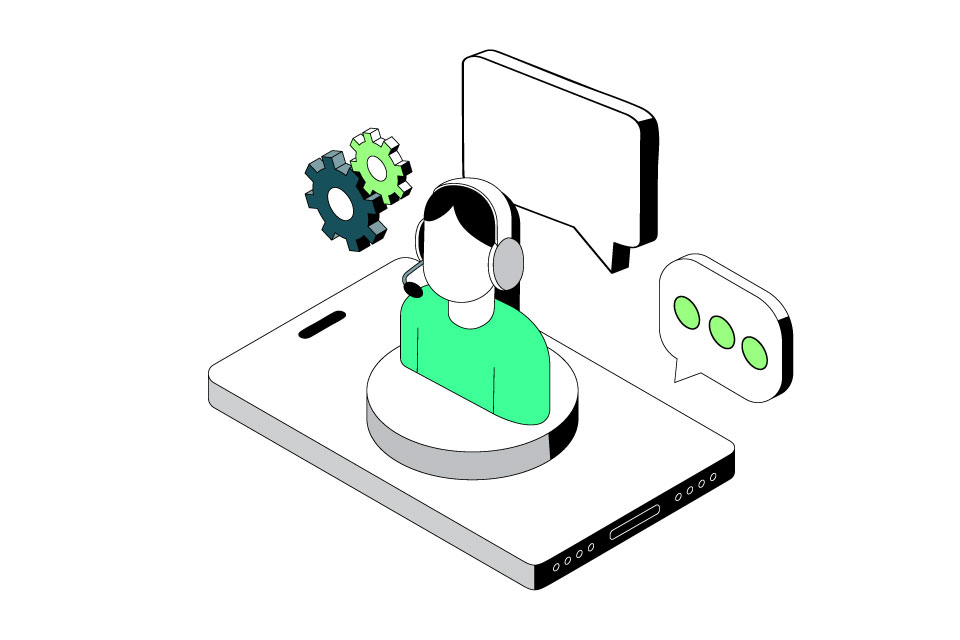Black Friday marks the start of one of the busiest, and potentially profitable, trading periods of the year for retailers. But this year, as the sales launch once more, it’s impossible to ignore that customer service is under more pressure than it has been in a long time.
Consumer confidence has taken some big hits this year, from the ongoing cost of living crisis through to macroeconomic and geopolitical uncertainty. Coupled with the dramatic drop in customer satisfaction that we saw in our latest UK Customer Satisfaction Index, businesses have more reason than ever to focus on customer care.
This view was shared by Jeff Prestridge at the Mail this week, who called for a return of the core value of “real customer service”. His column was driven, in part, by the actions of Booths. The popular higher-end grocer operating in the North of England recently decided to remove self-service checkouts in all but two of its stores following feedback from customers.
The decision raised some eyebrows initially but seems to have been broadly welcomed by their most important stakeholder – their customers. This shouldn’t have come as a surprise; they made the decision after listening to their customer feedback. While of course this is not an approach that will work for all retailers or all customers, it is an example of a business listening to its customers and keeping its purpose and commitment to service at the heart of its decision-making.
Technology is a tool rather than a solution
Again, while the decision to strip out self-service checkouts may be right for Booths, it shouldn’t be taken as a sign that technology cannot be utilised to improve the customer experience. What it does demonstrate is the need for a blended approach. We still see, and perhaps even more now, that customers still place a high value on quality and focused human interaction – particularly in complex, busy, or stressful situations when things go wrong.
This is backed up by our research, which demonstrates the need for an intelligent approach to the rollout of technology, especially when used at the point of customer interface. Unfortunately, many organisations are still overestimating their ability or capacity to integrate data, systems, and processes to deliver seamless, efficient and satisfying customer experiences. Where technology can offer greater opportunities, is in helping to understand the customer journey.
As we look ahead to the next UKCSI in January 2024, we will also be looking at consumer attitudes to AI and how tech integration can help or hinder the delivery of great service. As I’ve said before, technology is just one tool in an organisation’s arsenal – and if businesses are not getting the basics right, they won’t maximise the benefits it offers.
Independent customer feedback is critical for businesses
With customer satisfaction falling at its fastest rate since the 2008 financial crash, businesses in retail and beyond would do well to be in listening mode this festive season.
We are seeing a more discerning and considered customer today. And a healthy amount of cynicism is emerging regarding how genuine some deals on offer really are around this coming week of mark-downs.
The focus should be on turning this short-term event into a long-term return on investment – for both the high street and online. Offering a differentiating customer experience, that customers will want to engage with time and time again, is crucial. Those who don’t listen to their customers are likely to see them start voting with their wallets and feet – not just on Black Friday, but in the long run.



